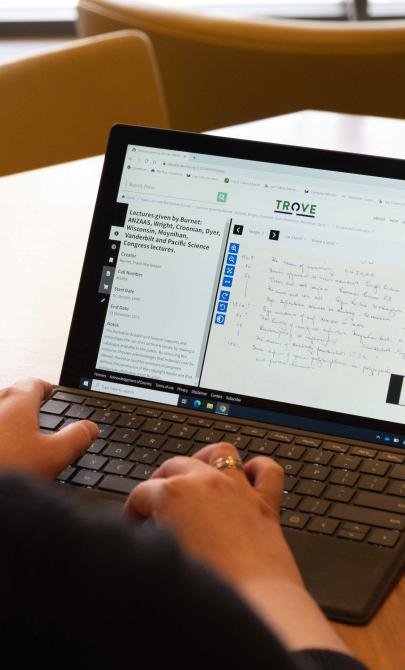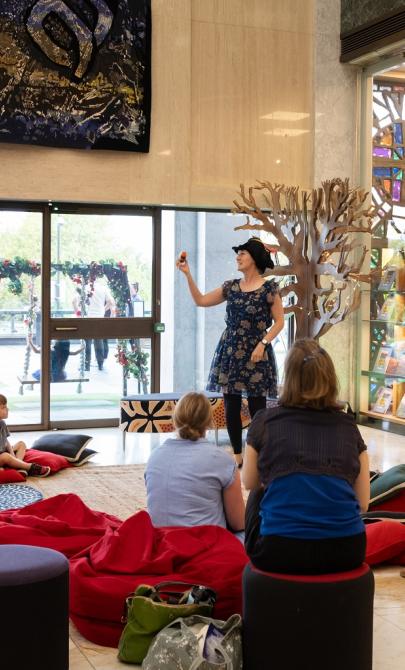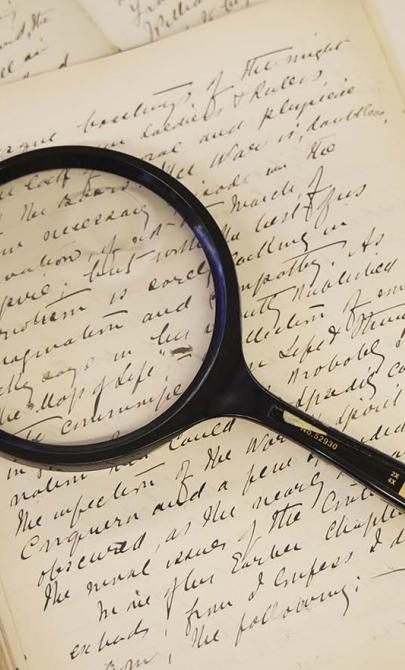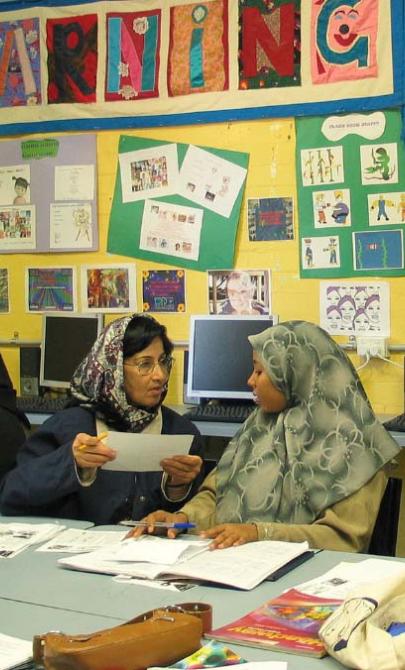Becoming Australian
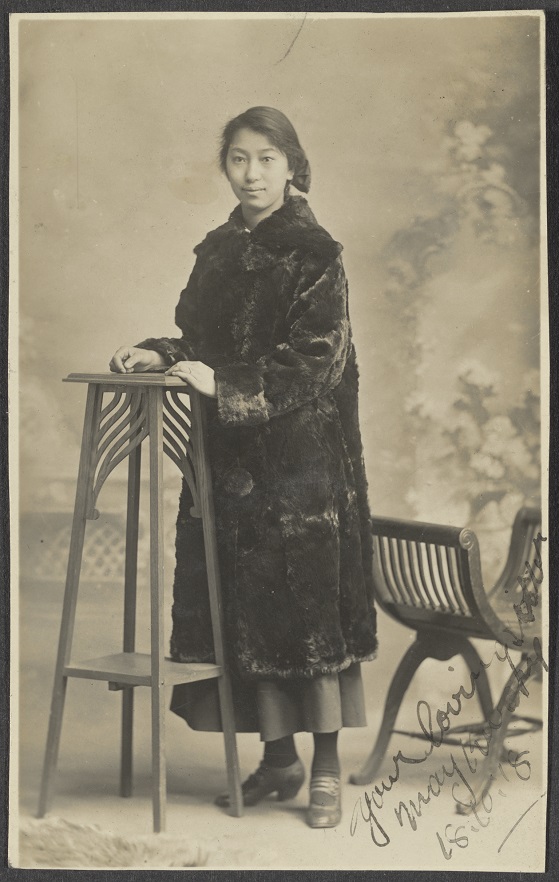
Kwong Mui Ying (May), first daughter of Kwong Sue Duk’s fourth wife, Wong Kwei Far, 1918, nla.gov.au/cat-vn3006822
Kwong Mui Ying (May)
Kwong Sue Duk left his hometown of Toisan, China and migrated to California, later migrating to Cooktown, Queensland in 1875 before returning home. He then migrated to Southport, Northern Territory in 1882, where he established the Sun Mow Loong general store. His children lived in the USA, China and Australia.
His daughter, Kwong Mui Ying (May), was born in Darwin in 1901. Because she was born in Australia, she was exempt from the dictation test administered under the Immigration Restriction Act 1901, which was designed to limit non-white immigration.
In 1918, May Kwong married Charles Way Lee, a cabinet-maker, in Geelong, Victoria.
Way Lee was born in Canton, China, in 1884 and arrived in Cooktown, Queensland, in 1901. He demonstrated good character in order to apply for a Certificate of Exemption from the dictation test, which allowed non-British subjects resident in Australia to return after travelling overseas.
Despite Australia’s immigration restrictions, the family was able to travel for personal or business reasons, but May and her Melbourne-born children, Stella Love and Shing Joe, had to produce their birth certificates whenever they travelled overseas or returned to Australia.
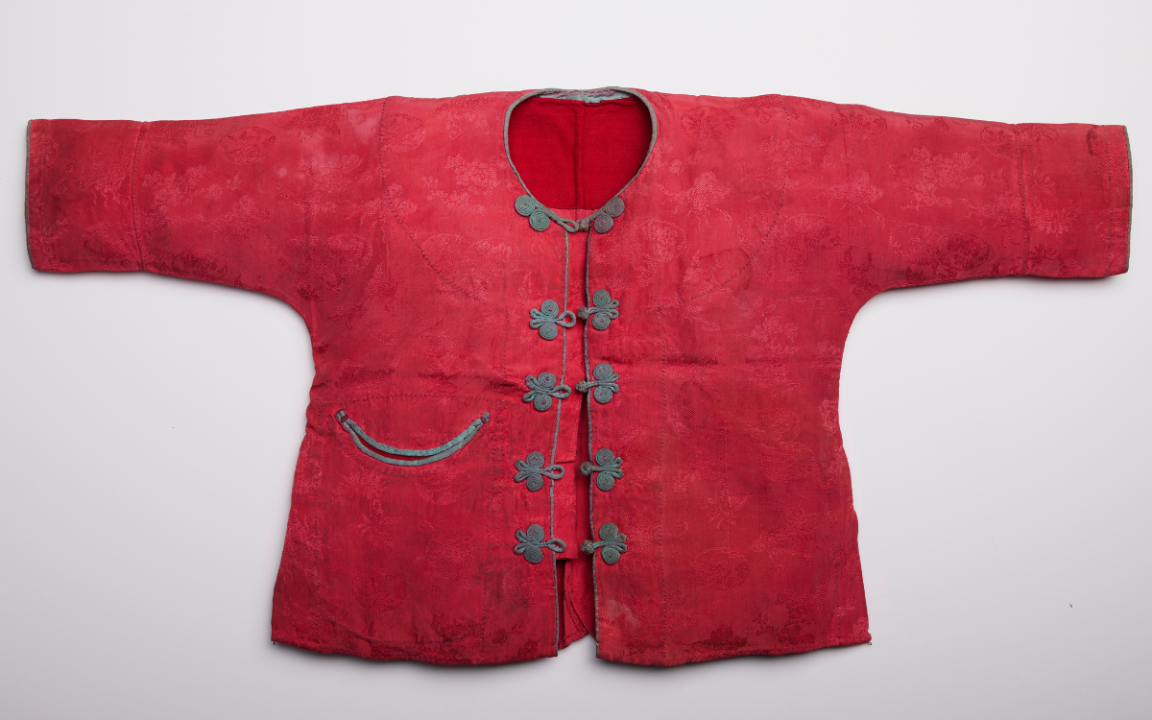
Christening gown worn by members of the Kwong family from the Papers of the Kwong family, 1891-2001, nla.gov.au/nla.cat-vn3006822
Christening gown worn by members of the Kwong family from the Papers of the Kwong family, 1891-2001, nla.gov.au/nla.cat-vn3006822
Activity 1: Exploring stories
After sharing the story of May Kwong, show the students her photo and christening gown. Explore May’s story by asking the following questions:
- Do you own a piece of clothing or an object that is passed down to different family members like May’s christening gown?
- Why do you think the christening gown was kept in the family and used more than once? What do you notice about the gown?
- May and her children had to show their birth certificates whenever they travelled overseas or returned to Australia. What do we need when we travel to different countries today? Why do you think it was important for May and her family to be able to visit China and return to Australia?
Lorenzo Abrogar Gamboa

The Gamboa family reunited in Australia, 1952, from the Papers of the Gamboa family, 1949–99, nla.gov.au/nla.cat-vn997866
Lorenzo Abrogar Gamboa was born in Pangasinan, Philippines, in 1918.
He joined the US army and in 1942 was stationed in Melbourne, where he met and married Joyce Cain.
In 1946 the Department of Immigration gave him three months to leave the country. Leaving behind his pregnant wife and their son, Gamboa travelled to the United States, where he took up citizenship on the basis of his military service and rejoined the army.
The Australian Government refused Gamboa entry to Australia, citing his race as the reason. A journalist reported on the family’s situation, causing international embarrassment for Australia. Gamboa was finally able to reunite with Joyce and their children, Raymond and Julie, in 1951.
Activity 2: Write an article
Ask the students to imagine they are the journalist who met Lorenzo in America. Ask them to write the article about Lorenzo and his wish to return to his family in Australia.
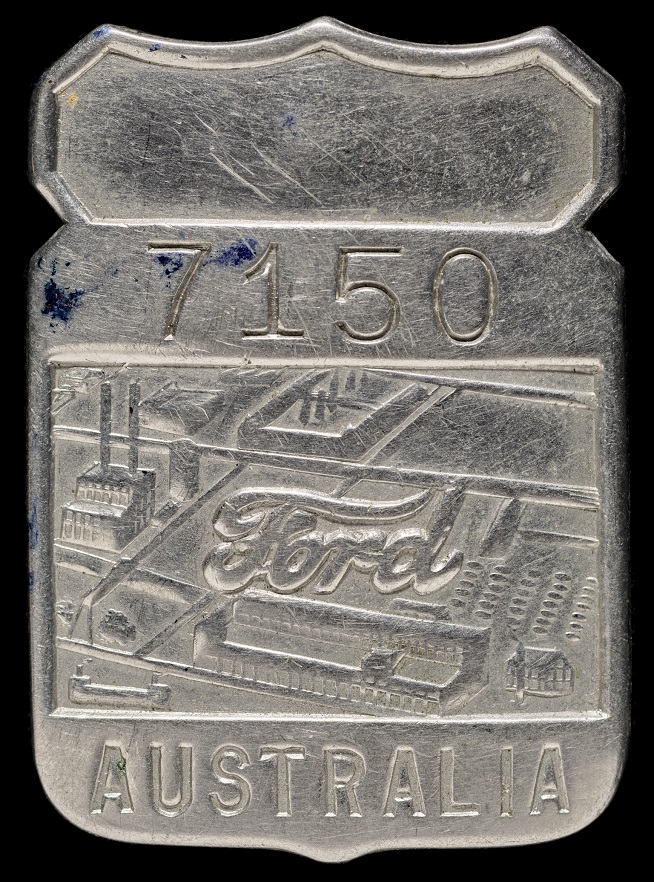
Ford employee badge belonging to Thomas Frankovits c. 1950, Papers of André Frankovits, 1889–2013, nla.cat-vn6857235
Thomas Frankovits
Marcel and Boriska Frankovits were Romanian Jews who had fled to France during the Second World War.
In 1950, the Frankovits family applied through an American Jewish migration scheme to migrate to the United States but were refused.
They were advised that their eldest son, Thomas, should migrate to Australia and work in his trade as a mechanic, then sponsor his parents and younger brother, André.
Thomas arrived in Sydney in 1950 and worked at Ford as a fitter, sponsoring his parents and brother in 1951.
Activity 3: Stay or leave
Ask the students to think about the ‘push and pull’ factors for Thomas and his family.
- What push reason are there for Thomas to leave Europe?
- What pull reason are there for Thomas to come to Australia?
- How do these ‘push and pull’ factors compare to May’s or Lorenzo’s stories of migration?
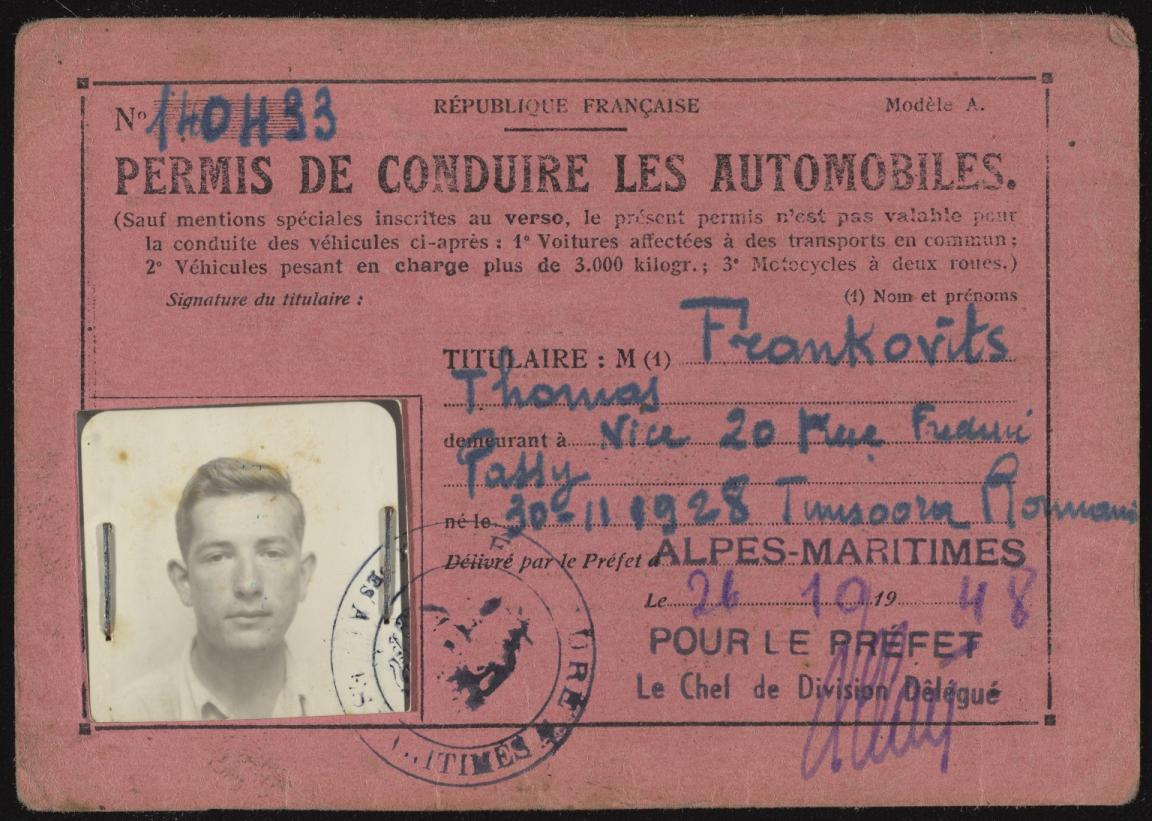
Thomas Frankovits’ driver’s licence 1948, Papers of André Frankovits, 1889–2013, nla.cat-vn6857235
Thomas Frankovits’ driver’s licence 1948, Papers of André Frankovits, 1889–2013, nla.cat-vn6857235
